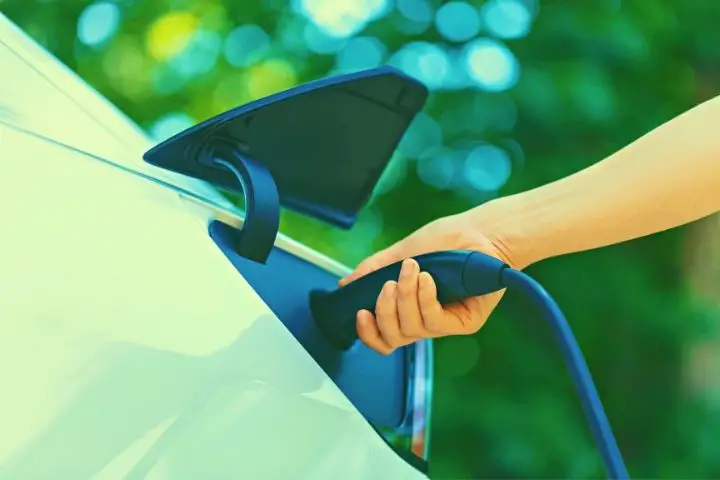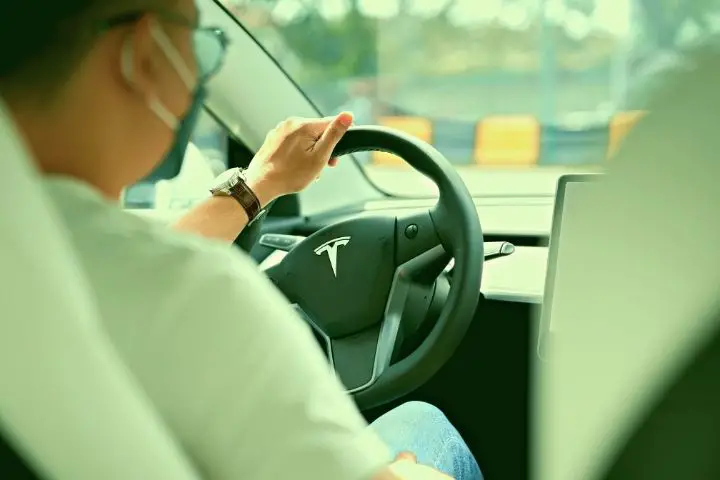Do Teslas Use Gas | + Charging tips
Teslas have become the must-have electric car of this generation. Eco friendly, unique in design and with a popular CEO who happens to be the richest man in the world, Tesla’s are trending.
Teslas are long-lasting and are known for being low maintenance!
With climate change as a rapidly growing problem since the turn of the millennium, many companies and consumers have made an effort to reduce their emissions. Toyota took an early lead in developing hybrid cars with their revolutionary Prius.
However whilst Hybrid use a combination of gas and electricity, Tesla only produce all electric vehicles. So to answer the question, no, Teslas don’t use any gas.
How do electric vehicles work?
Petrol or diesel burning cars are equipped with Internal Combustion Engines (ICE) and consist of almost 90% more parts than their electric equivalent.
The main thing an electric vehicle needs is a battery. With technology constantly evolving, lithium powered batteries are now being used which have drastically improved the performance of all electric cars, and again, require no gas!

The battery charges the engine, which in turn powers the motor to put the car in motion. Being an electric car, the car also needs a charging port and an electrical outlet.
Tesla have great confidence in the all electric engines they produce, which is highlighted by the fact that they cover their cars for 100,000 to 150,000 miles (depending on the model), over an eight year period! Given all that can go wrong with a car, this is a very generous warranty!
How do you charge your Tesla?
The days of being stuck in long queues at gas stations and being slaves to the gas prices are over once you get yourself an all electric Tesla, but that doesn’t mean you never have to worry about refuelling, or should we say…recharging.
The model of Tesla you buy will determine the strength of your battery pack. Model S and Model X have a different battery pack than the Roadster as an example. Additionally, the time it takes also depends on the model of charger you are using.
There are three general charging units you can plug your Tesla into;
- Two or three pin plugs – these are the standard plugs that you find in any household.
- Socketed – this plug is more specific for charging your Tesla and is more powerful. You would have to install a special charger at your home for this.
- Tethered – these are the big charging units you find out and about, for example in shopping mall car parks, where you can drive to and charge your vehicle. They are known as Tesla Superchargers and in 15 minutes can charge your car for a range of 200 miles, however, they should be used sparingly as they can have damaging effects on your battery.
The type of plug socket you use will determine the speed at which your car will charge. A standard plug will typically charge at 3 kiloWatts (kW), which would have a charge time of 8 to 10 hours, meaning you would have to charge your car overnight.

A fast charge is considered to be anywhere between 7 and 22 kW which will fully recharge your Tesla in 3 to 4 hours. Most Tesla Superchargers fall under this category.
A rapid charger will release a whopping 43 kW and will fully charge your car in an hour! However, your electric car must be compatible to rapidly charge.
Is a Tesla more expensive than a gas based car?
Tesla has almost become a fashion statement for the modern, savvy, environmentally conscious professional. Their sleek, futuristic design adds to their appeal, but what damage does it do to your wallet?
On the surface, purchasing a Tesla can be pricey. Ranging from $40,000 all the way to $125,000, depending on the model and the upgrades you choose, you can most definitely find cheaper traditional cars.
In the long run, however, Tesla will save you a considerable amount as you will never have to spend on fuel. Aside from the cost of buying a new battery from time to time, your only other cost will be electricity.
Even this can be negated. If you install solar panels in your home, all the electricity you use to charge your Tesla will be completely free and natural! Additionally, with many governments incentivising purchases of electric cars, you can see what subsidies your government is offering.
FAQ’s

What’s the best way to charge a Tesla?
We are often advised to let the batteries on our personal devices, like our phones, laptops and ipads, to drain beneath a particular percentage before charging them. This helps with the longevity of the battery.
Tesla’s however, use lithium ion batteries, meaning there are no memory effects and you can plug it in at any time and not have to worry about the health of your battery.
How far will my Tesla take me?
One of the big concerns about electric cars is their range. As electric charge points are not yet as common as gas stations, the possibility of running out of electricity far away from home is off putting to many.
Different models have various ranges on a single full charge, and your driving habits and the terrain you are driving on influence the range, however, 300 miles is generally considered to be the range on a single charge.
The good news is that Tesla are working on emergency battery packs for those times you’ve miscalculated or added an unexpected trip.
How should I drive a Tesla to keep a good range?
Similar to regular, fuel-powered cars, the way you drive affects how much fuel, or electricity in this case, is used. The more recklessly you drive, with sudden braking and rapid acceleration, the harder your car is forced to work and the more fuel or electricity it will use.
To conserve your battery and extend your range to its capacity, you should drive at safe speeds, brake and accelerate gradually and keep your tires inflated. Like with most cars, maintaining it regularly will help your battery lasts as long as possible.






